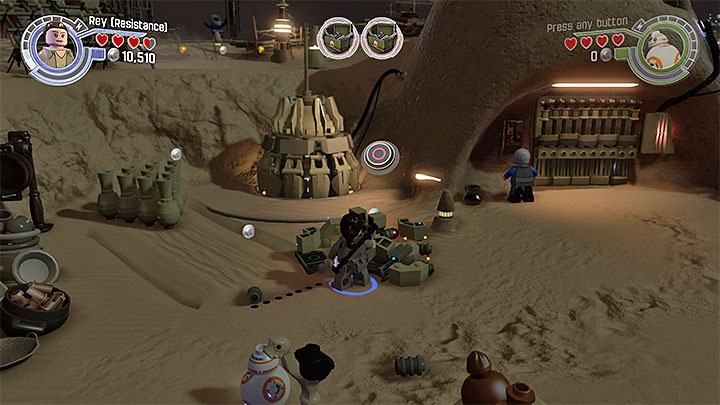
to give in to his uncle's command to remain on Tatooine another year, even though he is anxious to leave.To remove R2-D2's restraining bolt, because he thinks it is limiting the droid's ability to function (he wants to see the rest of the message from Leia).Here is a breakdown of how this all plays out in relation to Luke's choices. When he is finally free to follow this path, Luke faces another internal conflict: to let go of his senses and trust his feelings and the force.


When Ben Kenobi tells him his father was a Jedi Knight killed by Darth Vader, his motivation becomes more focused: He wants to join Kenobi and the rebellion, and become a Jedi Knight like his father. His dreams are somewhat vague at first: He wants to get off Tatooine, join the academy, be heroic, etc. Luke and Rey each have two inner conflicts dealing with the themes of loyalty and trust, but in Rey's case, the conflicts converge and are developed in a more dramatic and I think satisfying way.Īt the start of Episode IV: A New Hope, Luke wants to be loyal to his aunt and uncle, but also wants to follow his own dreams. To prove it, let's compare her arc to Luke's in the original Star Wars, Episode 4: A New Hope. I think she stands up better than many people think. I'm very impressed by Rey as a character, and so I want to respond to the prevalent criticism that she does not have a satisfying character arc.

My second viewing of The Force Awakens only reinforced my admiration.


 0 kommentar(er)
0 kommentar(er)
